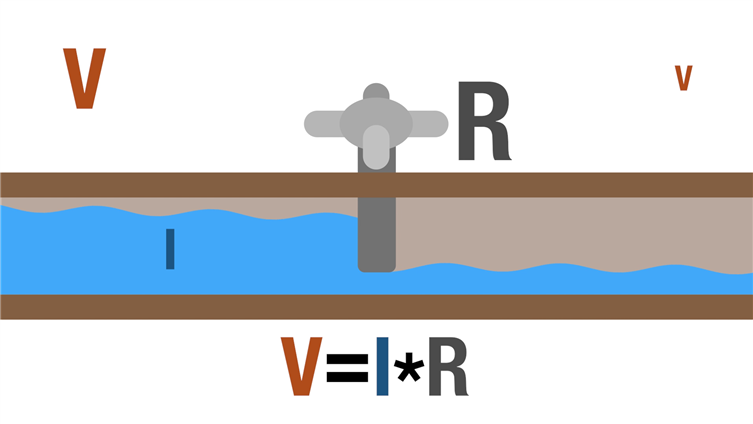On DC to Daylight, Derek delves into the world of complex circuits composed of parallel and series resistive or reactive components. Whether you're a college student, an electrical engineering enthusiast, or a hobbyist tinkering with resistors, you're likely to encounter such intricate circuits. These circuits may involve multiple power supplies interacting with each other, necessitating an understanding of how current and voltage are distributed across different components. Derek kicks things off by sharing his personal experience of crafting an audio dummy load for troubleshooting guitar amplifiers, which required creative switching of resistors for impedance combinations. One of the challenges in this project was managing power dissipation among these resistors.
Watch the Video:
In the episode, Derek simplifies the process of dealing with complex resistive circuits. He compares the flow of current to water flow, with the resistors represented by water valves that allow different amounts of water to pass. He highlights the difference between series and parallel resistor arrangements. In a series configuration, the total resistance is the sum of individual resistances, but each resistor experiences the same current while bearing different voltage drops. On the other hand, parallel resistors share the same voltage while dividing the current based on their respective resistances.
 |
 |
The complexity increases as Derek delves into intricate resistor combination circuits, introducing Kirchhoff's voltage law and Kirchhoff's current law. These laws, formulated by the physicist Gustav Kirchhoff, provide invaluable principles for analyzing circuit behavior. Derek demonstrates the practical applications of these laws in solving series and parallel resistor arrangements. By employing the voltage divider rule, he calculates voltage drops across resistors in series, ensuring efficient troubleshooting of real-world circuits.
 |
 |
The video continues with a breakdown of a more intricate circuit, where the combination of resistors requires deeper analysis. Applying Kirchhoff's laws and the current divider rule, Derek showcases step-by-step calculations for determining currents through resistors in parallel. He emphasizes the importance of understanding the interplay between resistances and currents to achieve accurate results. Through meticulous application of Ohm's law and Kirchhoff's laws, Derek determines voltage drops, currents, and power ratings across all resistors. He underscores the practical relevance of mastering these concepts for various real-world scenarios.
 |
 |

